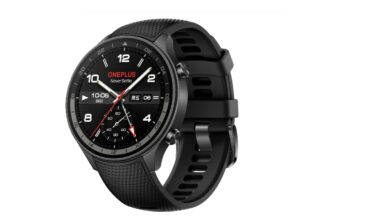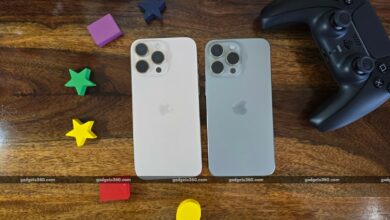This is why the iPhone 16 series may be easier to repair

The iPhone 16 series may be easier to repair than the previous generation of Apple smartphones, according to a report. The Cupertino-based tech giant launched the series, which includes the base model, iPhone 16 Plus, iPhone 16 Pro and iPhone 16 Pro Max, during its “It’s Glowtime” event earlier this month. While the company touted the new hardware upgrades, it didn’t highlight the behind-the-scenes changes it made to make the devices easier to repair. However, there are three ways Apple has made the iPhone 16 series the most repairable lineup in the company’s history.
iPhone 16 series may be easier to repair
There are several reasons why repairing an iPhone at a third-party repair shop or at home was previously unfeasible. The company had strict policies when it came to replacing parts, which made it necessary to order them directly from Apple. Furthermore, the battery was stuck to the case with an adhesive that was very difficult to remove.
However, an Engadget report claims that the adhesive problem is now a thing of the past, as the tech giant has changed its adhesive design to use a material that releases when a low electrical current is passed through it. Repair professionals can extract the battery from the case by simply using a 9V battery (generic batteries available from retailers and used for a variety of devices).
There is reportedly another improvement coming to the iPhone 16 series’ Light Detection and Ranging (LiDAR) scanner, which powers FaceID. Previously, it was impossible to repair outside of Apple service centers due to security concerns surrounding tampering with the system. But now, the new TrueDepth camera can reportedly be swapped from one unit to another without any issues.
The third change is also significant. Apple introduced the Repair Assistant with iOS 18, which fixes issues with pairing parts. As mentioned above, pairing parts was difficult due to Apple’s strict policies. However, the company now allows users to configure and calibrate new and used parts directly on the device.
These changes may now make it easier for experienced users to troubleshoot minor issues and replace parts at home, while others can take their devices to a third-party store for repair.




